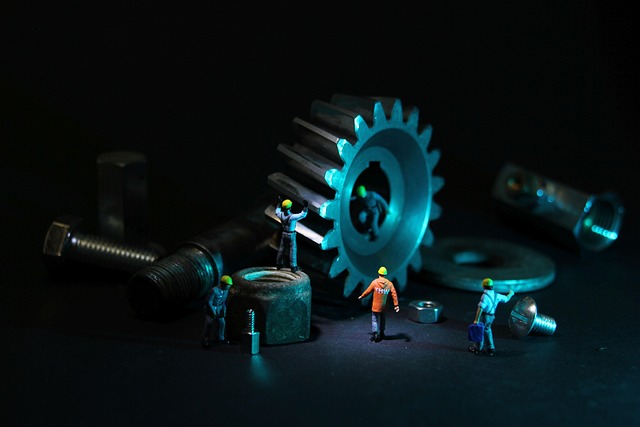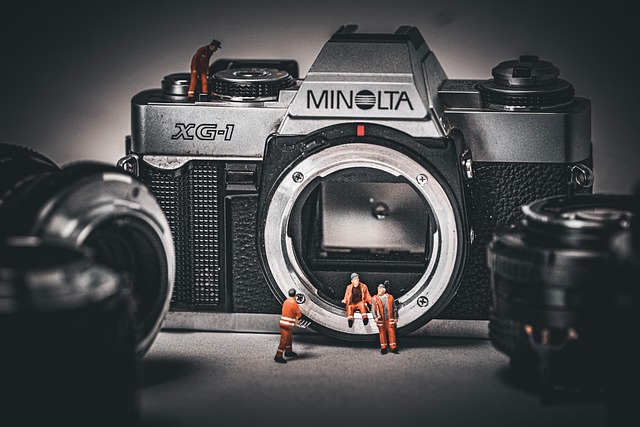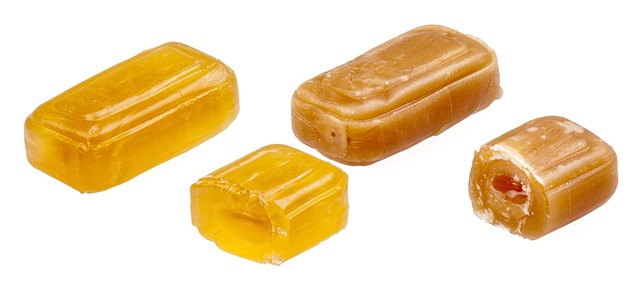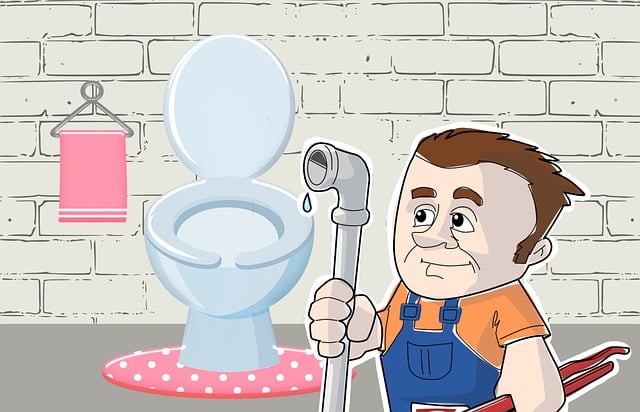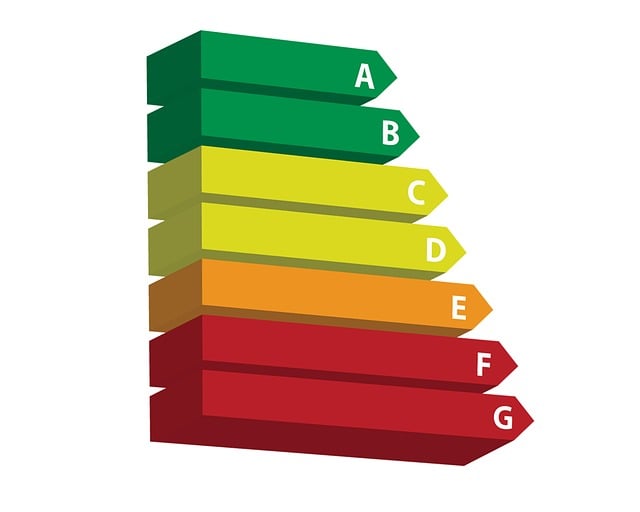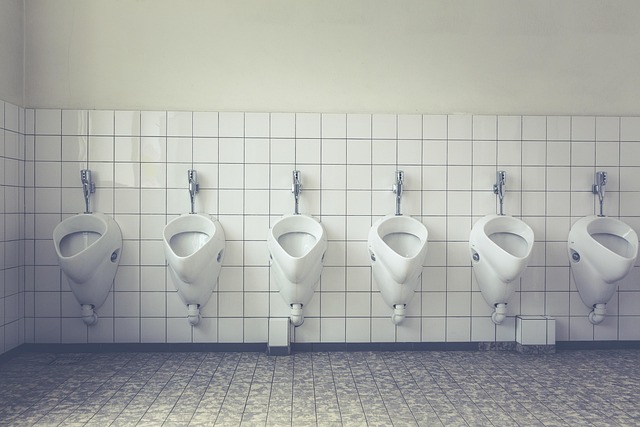Mold, often invisible, poses significant threats to homes and health in dark, damp areas. Professional evaluations are crucial for early detection of hidden mold issues. While some molds are harmless, others release toxic spores causing health problems. Specialized equipment used by professionals ensures thorough inspections and effective remediation strategies for a healthy living environment. Regular cleaning, prompt leak repair, and periodic professional evaluations prevent mold growth, focusing on high-risk areas like bathrooms and kitchens.
Inspections uncover hidden mold issues, a silent menace lurking in homes and businesses. In this comprehensive guide, we delve into the world of mold, exploring its insidious nature and the critical role of professional evaluations in identifying hidden problems. From common hiding places to health risks, and red flags requiring expert help, this article equips you with knowledge to maintain a healthy environment. Learn how to prevent mold growth and take proactive steps for peace of mind.
- Understanding Mold: A Silent Threat
- The Role of Professional Evaluations in Uncovering Hidden Mold
- Common Places Mold Hides and How to Detect It
- Health Risks Associated with Mold Exposure
- When to Call for Expert Help: Red Flags and Next Steps
- Preventing Mold Growth: Tips for a Healthy Home Environment
Understanding Mold: A Silent Threat
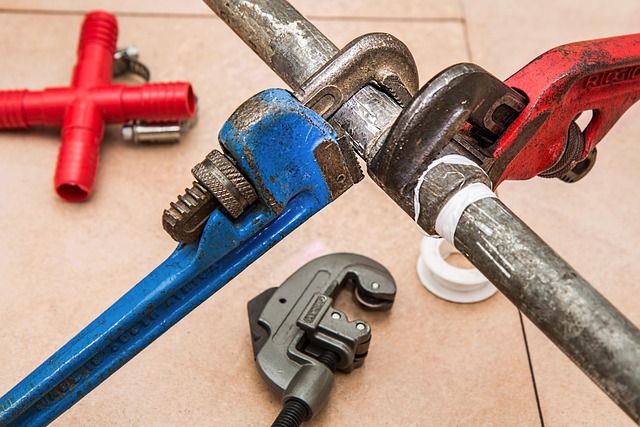
Mold, often invisible to the naked eye, poses a silent yet significant threat to both homes and health. It’s a common issue that can go unnoticed for years, growing in dark, damp corners. Regular inspections by professionals are crucial evaluations that help identify these hidden issues early on.
While some molds are harmless, others can release toxic spores, leading to various health problems, especially for those with allergies or respiratory conditions. A professional evaluation is essential in determining the extent of mold growth and implementing effective remediation strategies to ensure a healthy living environment.
The Role of Professional Evaluations in Uncovering Hidden Mold
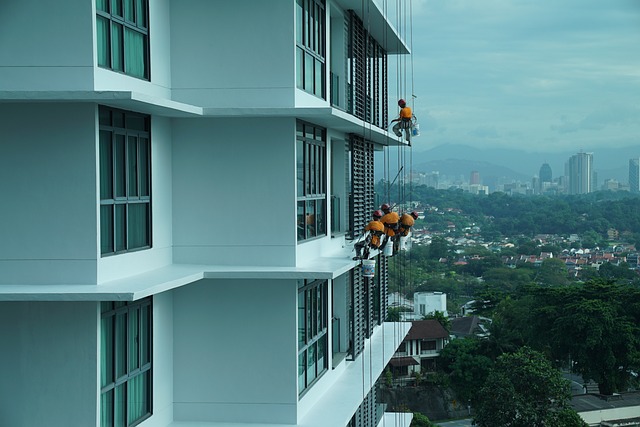
Professional evaluations play a pivotal role in uncovering hidden mold issues, often overlooked by the untrained eye. These comprehensive assessments are crucial for identifying subtle signs of mold growth, particularly in hard-to-reach areas or behind walls and floors. Mold can lurk in various forms, including invisible spores, which may not produce visible stains or odors initially.
Only trained professionals with specialized equipment have the expertise to detect such hidden threats. They employ advanced techniques like moisture meters, air sampling, and thermal imaging cameras to pinpoint sources of moisture and areas prone to mold development. These evaluations are essential for ensuring a thorough inspection, especially in older buildings or those with known water damage history.
Common Places Mold Hides and How to Detect It
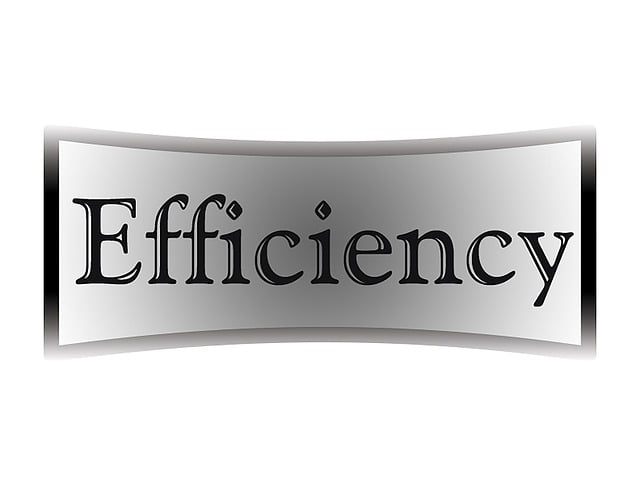
Mold can often go unnoticed, hiding in plain sight in various parts of a building or home. It’s not always visible to the naked eye, especially when it grows in hidden areas. Common places for mold include behind walls, inside crawl spaces and attics, under sinks, and in poorly ventilated areas such as bathrooms and kitchens. These hidden spots are ideal for mold growth due to increased moisture levels and minimal sunlight exposure.
Detecting mold requires a systematic approach, especially during professional evaluations. Experts recommend looking for signs like discolored patches on walls or ceilings, musty odors, and peculiar smells that can’t be attributed to any known source. In some cases, mold may cause warping or bubbling in floors or walls. Additionally, checking for water damage, moisture buildup, or recent leaks is crucial as these are primary indicators of potential mold growth.
Health Risks Associated with Mold Exposure

Mold, often invisible to the naked eye, can pose significant health risks if left undetected. When mold grows indoors, it can release microscopic spores into the air, which, when inhaled, may trigger a range of adverse reactions in sensitive individuals. These symptoms include respiratory issues like coughing, wheezing, and asthma attacks, as well as eye and skin irritations.
Chronic exposure to mold can lead to more severe health problems, particularly for those with pre-existing conditions or compromised immune systems. Professional evaluations are crucial for identifying hidden mold sources and assessing potential risks. Experts use specialized tools and techniques to locate mold growth and determine its extent, ensuring proper remediation and mitigating future health concerns.
When to Call for Expert Help: Red Flags and Next Steps

If you suspect a hidden mold issue but aren’t sure where to start, it’s crucial to recognize the red flags and know when to call for expert help. Look out for unusual stains or discoloration on walls, ceilings, or floors, especially in areas with poor ventilation or visible water damage. Musty odors that persist despite fresh air or cleaning are another strong indicator. While some minor mold problems can be addressed through DIY methods, hidden or extensive mold growth often requires professional evaluations.
Expert help is essential for navigating complex situations where mold may have infiltrated behind walls, under flooring, or within other hard-to-reach areas. Trained professionals utilize specialized equipment and techniques to identify and assess the extent of the problem, ensuring a comprehensive understanding of the situation. They can also provide tailored solutions, recommend effective remediation strategies, and offer guidance on preventing future mold growth.
Preventing Mold Growth: Tips for a Healthy Home Environment

To prevent mold growth, maintaining a healthy home environment is key. Regular ventilation and air circulation help reduce moisture levels, creating an unfavorable condition for mold to thrive. Ensure proper drainage around your property to avoid water accumulation, especially in basements or areas prone to flooding. Keep humidity levels between 30% and 50% through the use of dehumidifiers or by utilizing exhaust fans during activities that produce steam, such as showering or cooking.
Regular cleaning and maintenance are also crucial. Address any leaks promptly, as they can provide a gateway for mold to infiltrate your home. Consider professional evaluations to identify potential problem areas before they become visible. Keep an eye on high-risk zones like bathrooms, kitchens, and areas with poor ventilation. Regularly inspect and clean these spaces to deter mold growth, ensuring a safe and healthy living environment.
